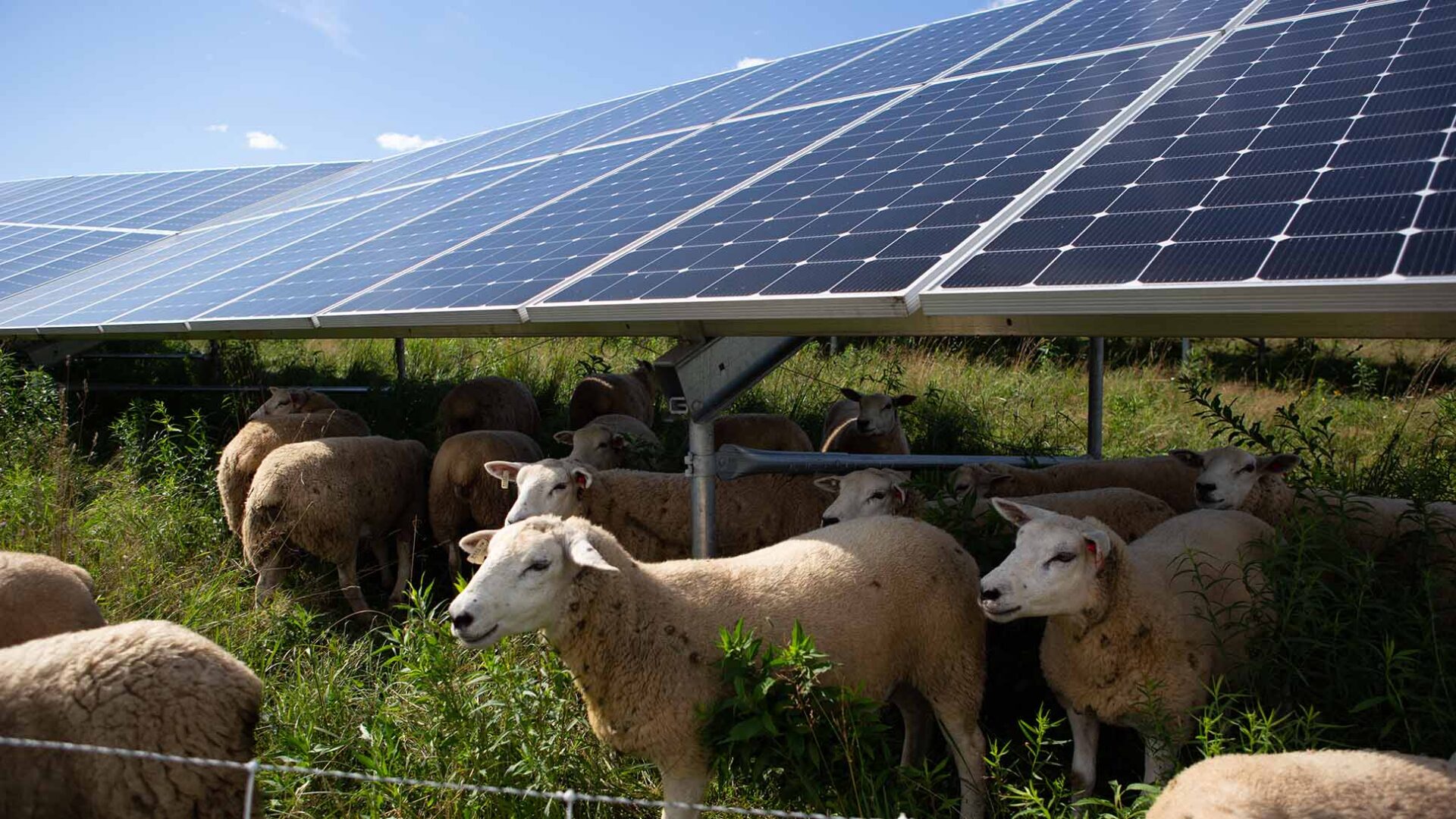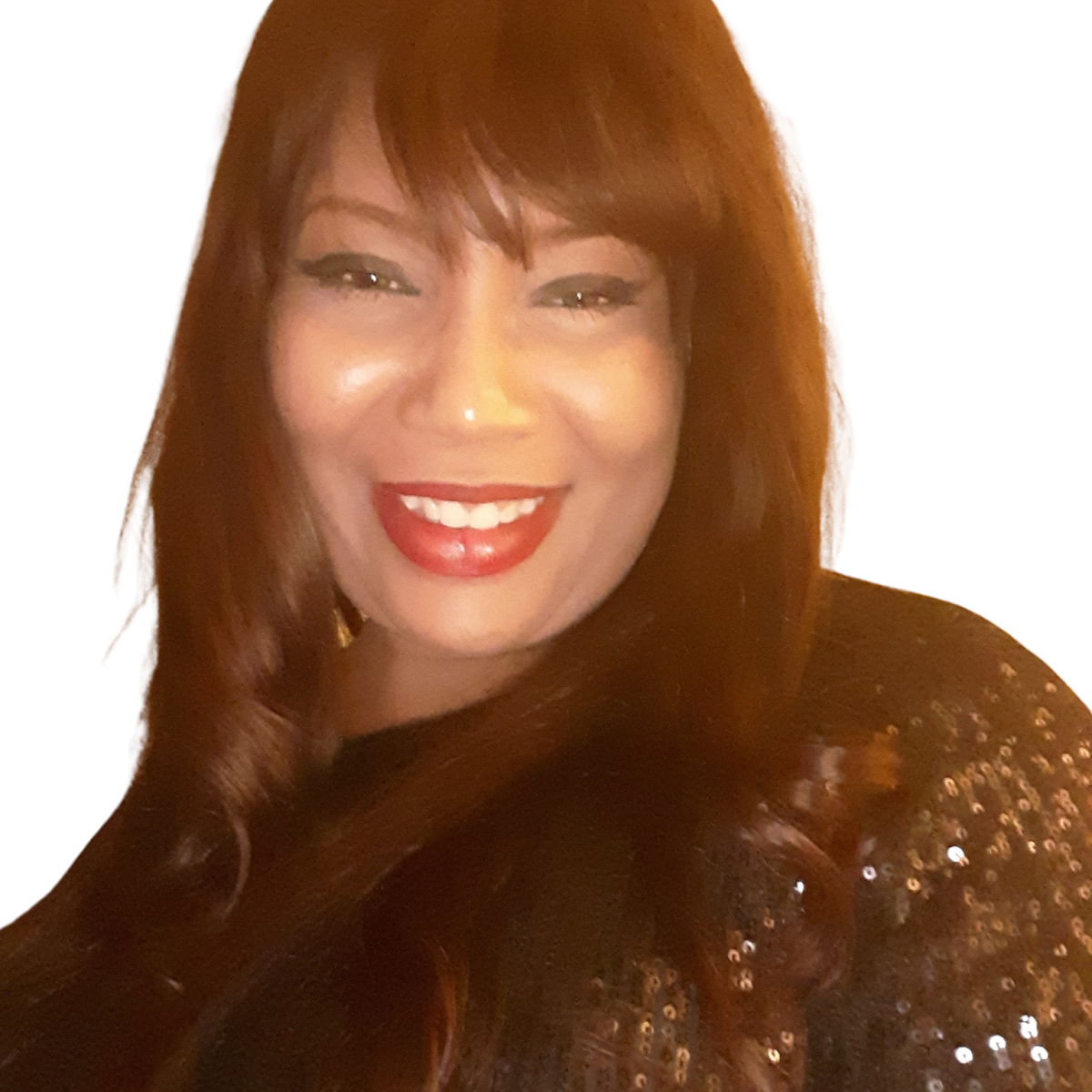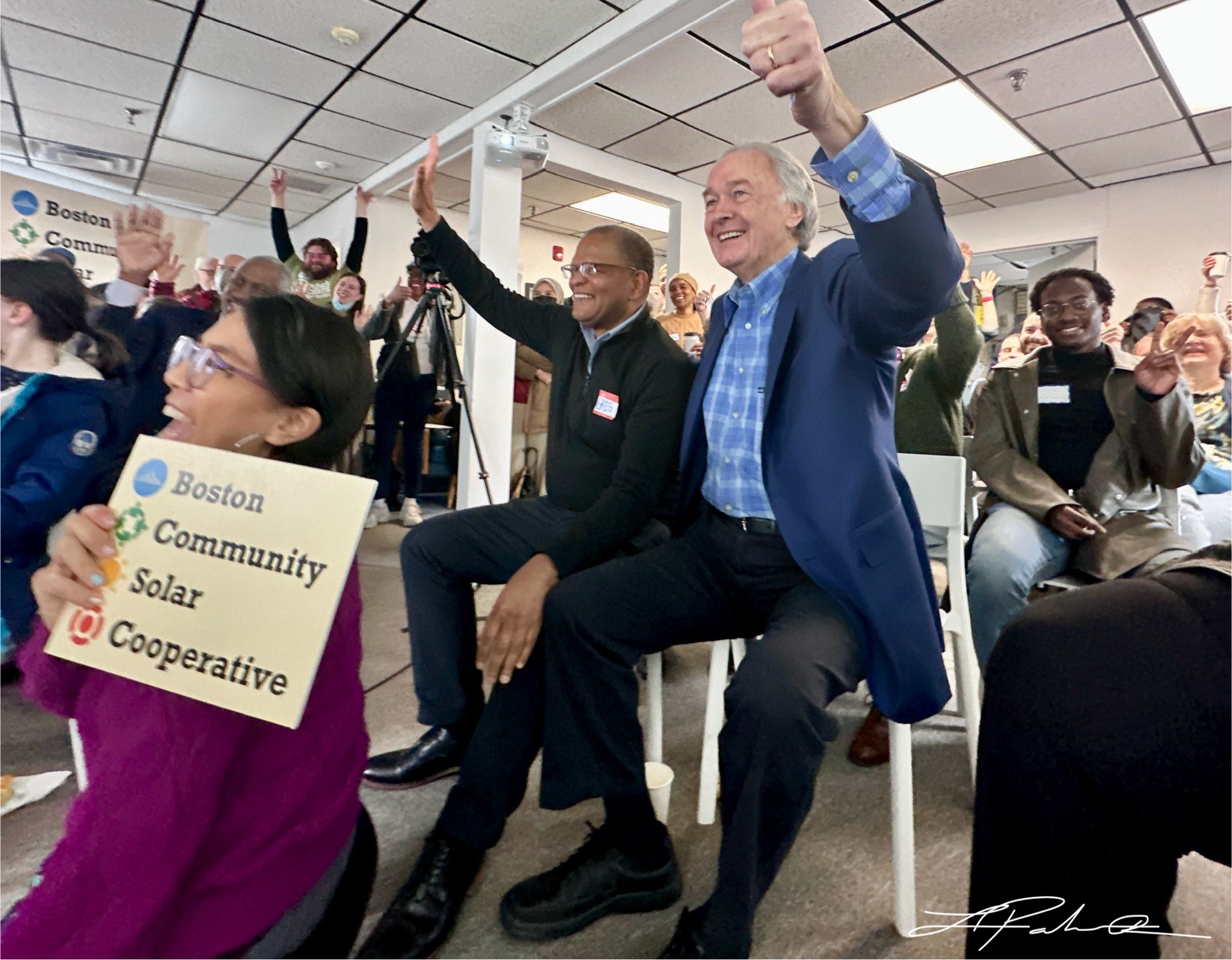Starting a community solar project in your community: Community-led solar
- Factsheet

Background
Community solar has potential to be more equitable and inclusive than rooftop but as of June 2024, less than 4% of community solar projects in the US serve low-income residents* who need clean affordable energy the most. Projects are often built to serve the customers who are most likely to adopt it regardless of savings (i.e. wealthy communities). But even then, projects are often imposed on communities after they’ve been decided on, sometimes met with opposition and resistance because the community was never consulted. Project developers often approach community engagement as an afterthought. These projects are also set up to make the developers and investors money, and do not put the people first.
However there is another way. When community members individuals work together they can create or support projects that keep more of the benefits within the community. Solar project development and financing can be complex but SUN is here to help. Our community-led solar process guides you every step of the way: from providing education materials, to gathering additional community members to help you, to connecting you with developers and financiers to help make your project a reality. To get started we’ve laid out some of the process below.
Prefer to watch a video? Check out episode 3 of our 3-part community solar series for more on project development.
NREL Sharing the Sun Report 2024
Every shared solar project has some basic components and players. Who drives the decisions on project components can have a huge impact on the project outcomes.
Project componentsProject components
- People: Who’s going to use the energy from the shared array?
- Location: Where will the array be located?
- Financing: Who’s going to pay for the construction and upkeep?
- Ownership: Who’s going to ultimately own the project and keep revenue made from the project?
- Construction: Who will design and build the solar array?
- Operations & Maintenance: Who will maintain the project and operate it for 25 years?
These components can be complex, in some cases the owners can be the same as the financiers and the people who operate the array but not always. Who makes these decisions drives who benefits the most from these projects. In traditional community solar projects the community is often removed from these decisions and they are made by outside parties.

The parties involved
- Subscribers: The people who will use the energy could be individuals, businesses, municipalities, nonprofits, and anyone else with an electric meter account in the same utility territory as the array. Sometimes subscribers are also called “off-takers”.
- Developer(s): The organization(s) that secure a location, find customers, bring together the financing, and build (or sub-contract) the array. In some cases they may own the array as well but not always.
- Financiers: The organization that provides the money to construct the project. The financing can be a combination of loans, tax equity, and/or grants. These can be banks, community development financial institutions (CDFIs), private investors or government entities.
- Subscriber organization: The official entity that interacts with subscribers, and interacts with the utility over the life of the system. This may be the initial developer, a community entity, or another organization that takes over the array after it is built. This entity may also operate and maintain the array in some cases.
- Propertyholder: The owner of the property or land where the array is located. They will have a legal arrangement with the owner of the array for the use of the land for 25+ years.
- Utility company: Utilities are responsible for allocating space in the program in their territory, distributing the electricity from the array through their grid, and applying the appropriate bill credits to each subscriber’s utility bill.
But what if there was a form of community solar that allows communities to be decision makers and prioritize their needs over developers, financiers and utilities?
Participatory community-led solarParticipatory community-led solar
We advocate for an inclusive, co-designed process that invites and relies on community input from day zero. Community-led Solar is a form of community solar that prioritizes community needs over developer profit, where decisions on the projects are made through a paid Community Advisory Board (CAB) from the beginning.
A CAB is a diverse group of paid community members and organization representatives that make decisions on the development of a project from the beginning and guide the community benefits once the project is built.

SUN has worked with communities to develop community-driven projects. We facilitate sessions on a variety of topics to create a baseline of understanding so that CAB members are empowered to make decisions on the project. These meetings can be in person or virtual depending on the community’s needs. Meeting topics include:
- Community Building
- Energy Justice
- Community Solar 101
- Project Finance
- Workforce Development
- Project Siting
- Community Benefits
These discussions are dynamic and based on what the community wants to discuss. Eventually these lead to decisions that create a Community Benefits Plan (CBP). A CBP is a document that outlines how the project will benefit community members and guides the eventual project developer to ensure equity, transparency and favorable outcomes for communities.

Serving on the CAB has been a great experience. I love how the community is part of the process.
Boston Community Advisory Board
Project models
So what does it look like when a community works together to create a community benefits plan and create community-led solar projects? Here are some possibilities:

Community-driven, third-party financed: The community brings people (and maybe a location) to a developer and negotiates to create a project for the community’s benefit. The developer and/or the developer’s financing partners build, own, and operate the array. The community has some leverage because it finds customers (and possibly a location). This model could allow participants to manage a reduction in electricity costs, specific community benefits, and local labor sourcing. It could also help them include low-and-moderate income customers.
Community-driven, community-owned: The community brings people, and a location, together while also financing the project. An existing legal entity or new special purpose legal entity owns the array. Community members (individuals and/or organizations) finance the project. The community maintains significant or total control over all aspects of the project. The legal entity that owns the array is responsible for operating it for its lifetime, either directly or through subcontracted service providers. In this model, community members not only benefit from discounted energy and jobs but may also receive passive income as owners of the project. Community solar is great but community ownership can be transformative!

Whichever outcome, the point is that the community drives the process and does what’s best for them.
ResourcesResources
- Want to learn more? Continue exploring the Resources section of our community solar page.
- Want to dive deep into the community solar development process? Check out the University of New Hampshire’s Community Power Accelerator Learning Lab. It includes both self-paced and instructor led courses.
- Looking for people to start a project with? Join the U.S. Department of Energy’s National Community Solar Partnership.
- Looking for a way to finance your project? Check out Honeycomb credit, a crowd-funding platform for community projects.
- Want to connect with other communities creating community-owned projects? Join the People’s Solar Energy Fund and also get connected to technical and financial assistance.
- Explore our recommendations for Community Benefits Agreements (CBAs) to outline how a project will benefit residents in the service area.
Take action!
Thinking about starting a project in your community and looking for some guidance?
Get the latest on solar straight to your inbox.
Fight for your solar rights.
Everyone has the right to go solar. Spread the sunshine nationwide and in your local community by taking action, joining events, and more.